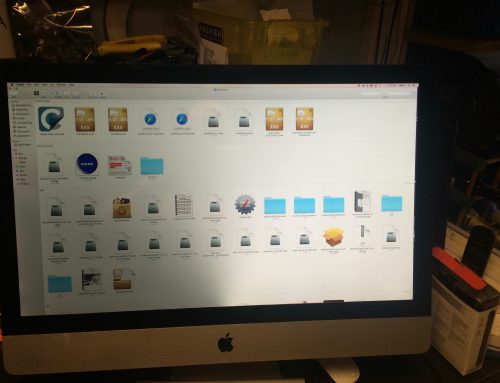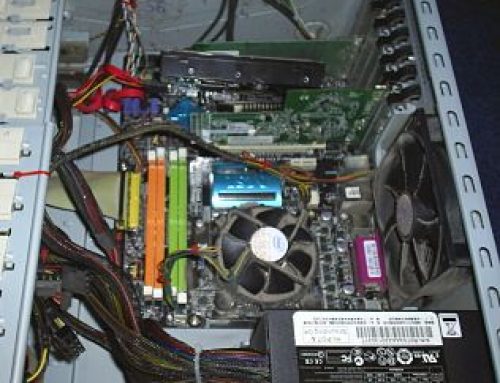Microsoft has announced it will offer a preview version of its first major update to Windows 8 next month.
The news comes amid growing criticism of the software’s user interface.
Microsoft said the revision to the operating system (OS), codenamed Windows Blue, would be released at Build, a three-day developers event in San Francisco starting on 26 June.
However, while the company said it had listened to “feedback”, it has still not disclosed what changes are planned.
They also suggested it would give users the option of booting their PCs directly into Windows 8’s desktop mode rather than having to visit the tile-based Start menu screen first.
On Tuesday the Financial Times ran a front-page story suggesting that a U-turn over key elements of Windows 8 would mark “one of the most prominent admissions of failure for a new mass-market consumer product since Coca-Cola’s New Coke fiasco nearly 30 years ago”.
This was a reference to the beverage makers’ decision to launch and then abandon a new version of its fizzy drink.
More than 1.5 billion devices used Windows 7 and earlier versions of the system at the time of Windows 8’s launch, making the OS both the most popular of its kind and one of the company’s key sources of revenue.
However, Microsoft was aware that sales of tablets and other touch-controlled devices had been growing at a much faster rate than PCs.
This helped prompt it to introduce a new start screen, initially dubbed “Metro”, containing resizable tiles that could be tapped and swiped to launch and navigate apps.
Users can still switch to a more traditional desktop mode by clicking on an icon, but the environment lacks the start menu button offered since Windows 95.
This caused some people to become confused about how to shut down their PC and carry out other tasks. Several third-party developers subsequently released their own software allowing users to restore the facility.
“Many people have recoiled in horror at Windows 8 because it is such a stark change over what they had become used to over the past 15 or so years,” Chris Green, principal technology analyst at consultants Davies Murphy Group Europe, told the BBC.
“Unless you are using it on a brand-new computer or laptop with a touchscreen display it’s not as intuitive to use as Microsoft makes out – and these are still premium-priced products.”
Windows 8 launch PC sales still outpace those of tablets, but the latter are growing at a faster rate
Since businesses traditionally wait until at least a major service pack has come out before updating their computers to a new OS, the major impact of the changes has mostly been limited to consumers.
But Mr Green added that it would be a worry for Microsoft if companies now opted to skip Windows 8 in the same way many had previously decided not to install Windows Vista.
Touchscreen focus
“It’s too early to say that it’s floppedd,” said Benedict Evans, a digital media specialist at research firm Enders Analysis.
“However, there’s clearly a lot of pushback from consumers and corporates about the radical change the firm wants to make in the user interface.
“The broader issue is that Microsoft is building an operating system designed with a touchscreen in mind. That’s essential for its future because computing is shifting to tablets and mobile, where Microsoft has been irrelevant.”
“What in effect they’ve done is compromise the desktop experience to create a great tablet and mobile experience. The problem is that it’s the desktop buyers that pay for everything right now.”



